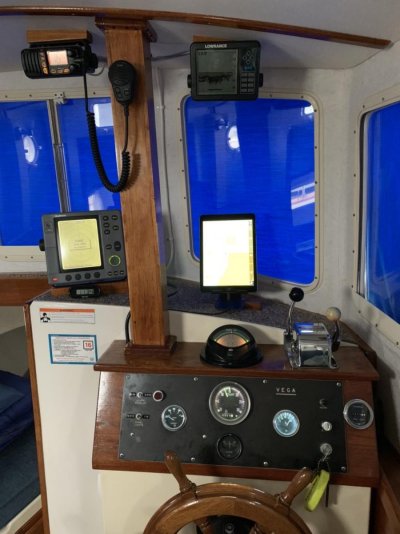catalinajack
Guru
The best will be out of date in two years? Perhaps, but that belies the fact that this same equipment will continue to do a fine job for many years in its original form. I think what is forgotten is that the MFDs that have been marketed in the last five-seven years are of such high quality and clarity that subsequent improvements have only been marginal and will continue to be so. Couple that with manufacturer updates to operating software, what results is an MFD that is quite useful for many, many years.Greetings,
Mr. k. Welcome aboard if I've missed you. I second all of the above. Keep in mind the "biggest and the best" will be out of date (considered "old" electronics) in a couple of years.
We have an entry level GPS/plotter (Garmin 560S, I think) on board that does everything WE want it to. I don't even use a lot of the features. Just want to see where I am and what the depth is. Older radar and autopilot (both work). VHF, as well.
As mentioned, YOUR needs will depend on what you want.
I navigate with an MFD and two tablets. I like having a 12-inch screen right in front of my eyes that displays charts, depth, and a radar overlay if I choose all at a glance. I and my wife use the tablets with two different charting programs on each, Navionics and Aquamaps. A phone is too small for my taste, way to much opportunity to miss something and constant expanding and contraction of the screen. I would not feel safe operating that way.


